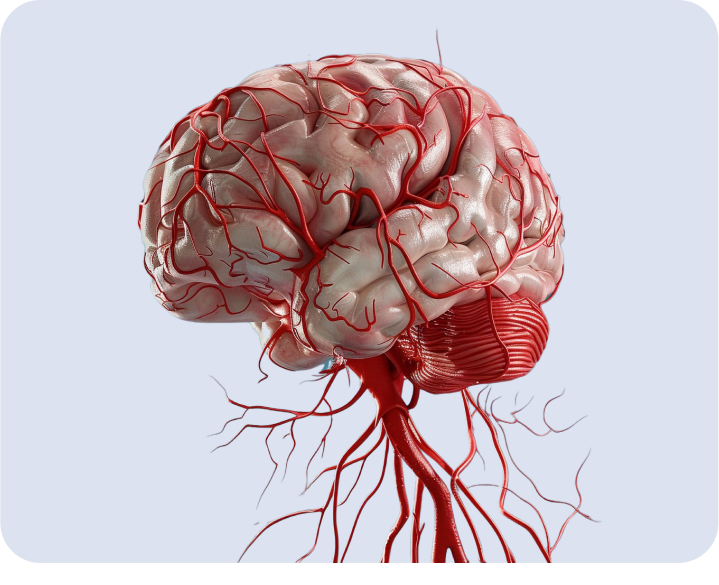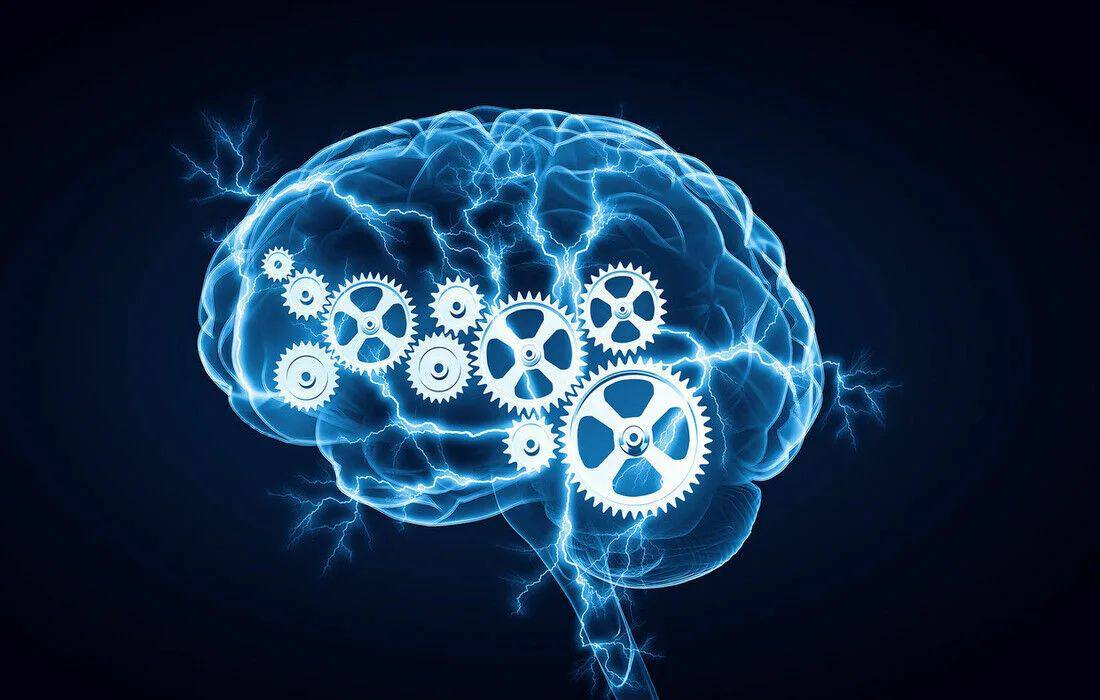Neurology - Page 4
Registered on ClinicalTrials
Vascular depression and cognitive dysfunction
Author:
Bogolepova A.N.
Place of publication:
Neurology, neuropsychiatry, psychosomatics. 2019
The study of the effectiveness and safety of the use of Mexidol and Mexidol Forte 250 in patients with chronic brain ischemia
Author:
V.A. Kutashov, O.V. Ulyanova
FSBEI in Voronezh State Medical University named after N.N. Burdenko »Ministry of Health of Russia, Voronezh, Russia
The effectiveness and safety of the drug Mexol Forte 250 in the framework of consecutive therapy in patients with chronic brain ischemia
Author:
E.I. Chukanova, A.S. Chukanova
Department of Neurology, Neurosurgery and Medical Genetics of Faculty of Faculty of Faculty of FSBEI in "RNIMU named after N.I. Pirogov »Ministry of Health of Russia, Moscow, Russia
Review of clinical recommendations for the treatment and prevention of ischemic stroke
Author:
A.I. Fedin, K.R. Badalyan
FSBEI in Russian National Research Medical University named after N.I. Pirogov »Ministry of Health of Russia, Moscow, Russia
The prospects for the use of Mexidol for the treatment of patients suffering from neurosenate hearing loss and cerebrovascular failure
Author:
N.L. Kunelskaya, Yu.V. Levina, E.S. Yanyushkina, D.S. Ogorodnikov, E.V. Larionova
Combined use of Mexidol with well -known drugs
Author:
T.A. Voronina, E.A. Ivanova
FGBNU "Research Institute of Pharmacology named after V.V. Zakusova ”, Moscow, Russia
Assessment of rheological indicators of blood in patients with acute ischemic stroke when using the drug Mexidol
Authors:
D.M. Plotnikov 1 , M.N. Stegmeier 1 , O.I. Aliyev 2
1 Department of Neurology and Neurosurgery of the Federal State Budgetary Institution “Siberian State Medical University” of the Ministry of Health of Russia, Tomsk, Russia;
2 research institute pharmacology and regenerative therapy named after E.D. Goldberg Tomsk Nimets of the Russian Academy of Sciences, Tomsk, Russia
The dynamics of cognitive functions in aging and their connection with the level of education
Authors:
Titarenko A.V., Shishkin S.V., Shcherbakova L.V., Verevkin E.G., Holmes M., Bobak M., Malyutina S.K.
Place of publication:
Neurology, neuropsychiatry, psychosomatics. 2018
Brainstorm, or Cognitive disorders
Authors:
V.V. Zakharov, E.Yu. Kalimeeva, N.V. Vakhnin, T.G. Fateeva
Department of Nervous Diseases and Neurosurgery of the First MGMU named after THEM. Sechenova, Moscow
The effect of the use of Mexidol during the "therapeutic window" of ischemic stroke on the effectiveness of intravenous thrombolytic therapy
Authors:
K.S. Knny, T.V. Demin, L.B. Adaeva
GAUZ "Interregional Clinical and Diagnostic Center", Kazan, Russia
The effect of Mexidol on changes in lipid phospholipid profile in acute cerebrovascular disorders in elderly patients
Author:
Yu.V. Abramenko
FSBEI in the Tver State Medical University of the Ministry of Health of Russia, Tver, Russia
The experience of using Mexidol in neurological practice
Authors:
O.A. Gromova 1 , I.Yu. Torshin 1 , L.V. Stakhovskaya 2 , E.G. Pepelyaev 3 , V.A. Semenov 3 , A.G. Nazarenko 4
1 Institute of Pharmacinformatics of the FIC "Informatics and management" of the Russian Academy of Sciences, Moscow, Russia;
2 Research Institute of Cerebrovascular Pathology and Stroke FSBEI in Russian National Research Medical University named after N.I. Pirogov »Ministry of Health of Russia, Moscow, Russia;
3 FSBEI in Kemerovo State Medical University of the Ministry of Health of Russia, Kemerovo, Russia;
4 FGAU "National Medical Research Center for Neurosurgery named after Acad. N.N. Burdenko »Ministry of Health of Russia, Moscow, Russia
The effectiveness of Mexidol with transient ischemic attacks in the vertebral-baslar system in elderly patients with chronic brain ischemia
Author:
Yu.V. Abramenko
FSBEI in the Tver State Medical University of the Ministry of Health of Russia, Tver, Russia
Mexicular and combined therapy with Mexidol with young patients with cerebral angiodistonia
Authors:
E.N. Dyakonova, V.V. Makerova
FSBEI in "Ivanovo State Medical Academy" of the Ministry of Health of Russia, Ivanovo, Russia
Increasing the effectiveness of the treatment of hypertensive encephalopathy with the drug Mexidol
Authors:
E.V. Bolotova 1 , T.Yu. Lushpai 2 , I.V. Kovrigina 2
1 FSBEI in Kuban State Medical University of the Ministry of Health of Russia, Krasnodar, Russia;
2 GBUZ "Research Institute - Regional Clinical Hospital No. 1 named after Prof. S.V. Ochapovsky "of the Ministry of Health of the Krasnodar Territory, Krasnodar, Russia
The effect of submaximal doses of the drug Mexidol on the processes of oxidant stress and inflammation in the acute period of ischemic stroke
Authors:
A.R. Godunova, A.A. Rakhimova, O.I. Leontyeva, I.G. Talipova, R.M. Yakhin, Sh.G. Musin
GBUZ of the Republic of Tatarstan "Hospital of ambulance", Naberezhnye Chelny, Russia
THE INFORMATION IS INTENDED FOR HEALTHCARE AND PHARMACEUTICAL PROFESSIONALS. THIS INFORMATION IS NOT INTENDED AS A SUBSTITUTE FOR MEDICAL ADVICE.
Source of photos and images Shutterstock.com














